Resolution Realization
Photos taken before the smartphone era have significantly lower quality and resolution than what’s possible with the latest mobile devices. Modern smartphone cameras can capture extensive details that could never be seen from a pixelated flip phone camera. Similarly, you may have noticed this increase in resolution if you’ve ever switched soil sample grid size. By increasing your sample resolution, you can see a much... Read More →
ILSOYADVISOR POST
Farming with Ephemeral Gullies: Fix It, Don’t Disk It!
June 20, 2018
“Ephemeral gullies” are small channels that are formed in natural, concentrated water flow areas. They are generally shallow, yet visible, and are normally easily filled in by annual tillage. They will typically re-develop again in the same location after additional runoff events and continue to erode valuable topsoil.
In contrast, “classic gullies” are deeper channels that are not easily filled by normal tillage equipment and usually not crossable at all.
Disking or smoothing the gullies will NOT fix the problem.
Gully Control
Control of ephemeral gullies begins with minimizing runoff by improving water infiltration and protecting the soil surface—in other words, a soil health management system using the four principles of:
- Minimizing disturbance
- Maximizing soil cover
- Providing continuous living roots
- Maximizing biodiversity
Soil Protection
The initial steps are to plant high residue crops, use minimum or no tillage, or plant cover crops after low residue crops in the drainage area of small ephemeral gullies.
Vegetative Options
Drilling a high rate of a winter grain/cover crop every fall after harvest in the channel area may be all that is needed to control small ephemeral gullies. These plantings can be farmed through, but should be left intact to control the erosion. Wheat, cereal rye, or triticale are all effective; avoid annuals that winter kill. Drilling in a serpentine pattern or across the slope is more effective than up and down the hill. Where annual winter species are not working, planting small areas of perennial grass may work. However, many ephemeral gullies need more help than just plantings and tillage.
Structural Options
If minimal tillage and vegetative control practices are not working, the next alternatives are structural practices such as water and sediment control basins, grassed waterways, terraces, or other practices.
Operation & Maintenance
Check often in areas known for ephemeral gullies and watch fields for new ephemeral gullies that form after storm events in the future. Anywhere water concentrates from a heavy rain, there is potential for ephemeral gullies, especially if the soil is left unprotected.
Maintaining soil cover, providing continuous live roots, reducing or eliminating tillage, and crop rotation diversity are essential for managing erosion.
Technical & Financial Help
USDA Natural Resources Conservation Service (NRCS) will provide technical assistance to plan and design the right practice(s) to implement any of these requirements. USDA financial assistance may also be available.
For more information contact your local USDA Service Center, NRCS field office or go to www.il.nrcs.usda.gov.
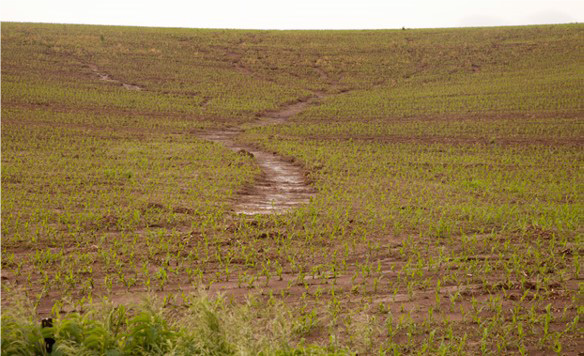
A Typical Gully
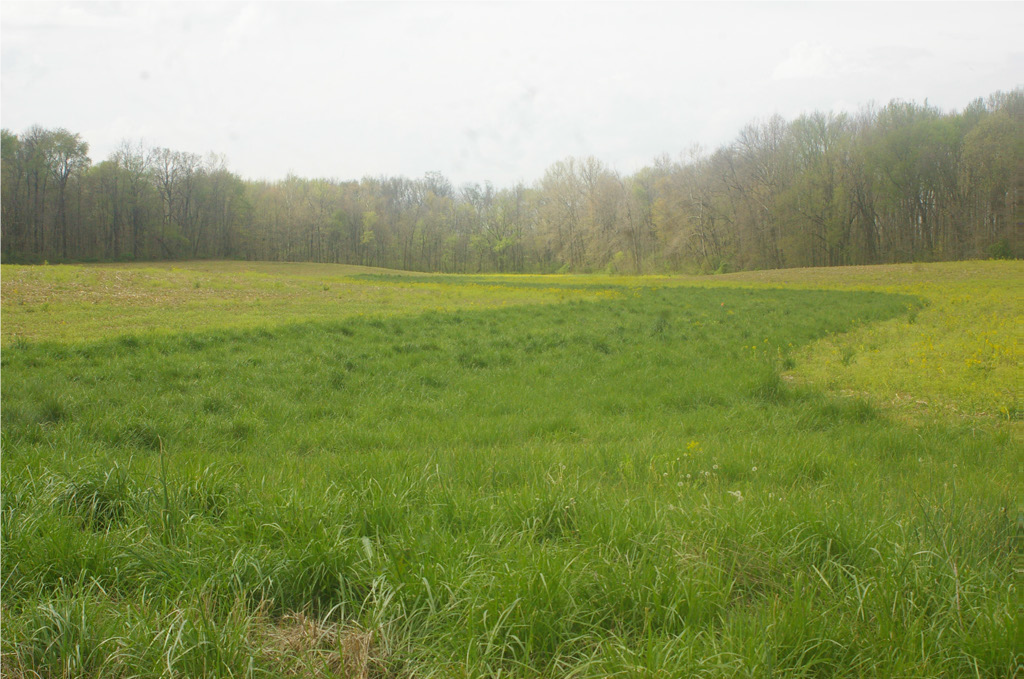
Grassed Waterway
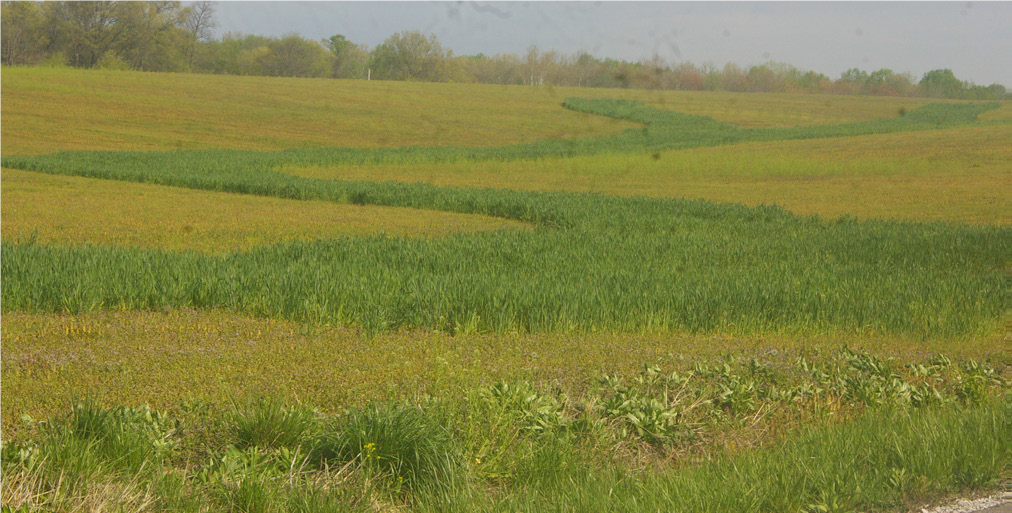
Heavily Drilled Wheat
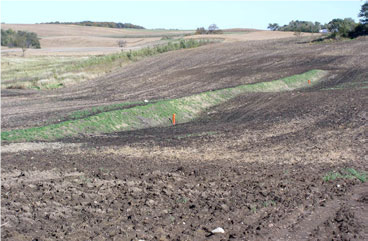
Water and Sediment Control Basin


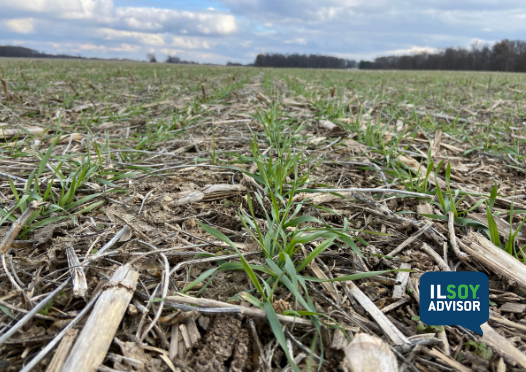

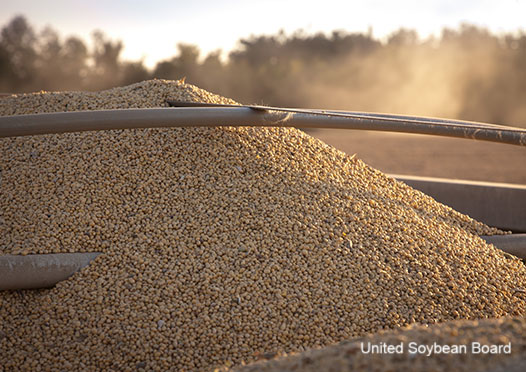
Comments
Add new comment